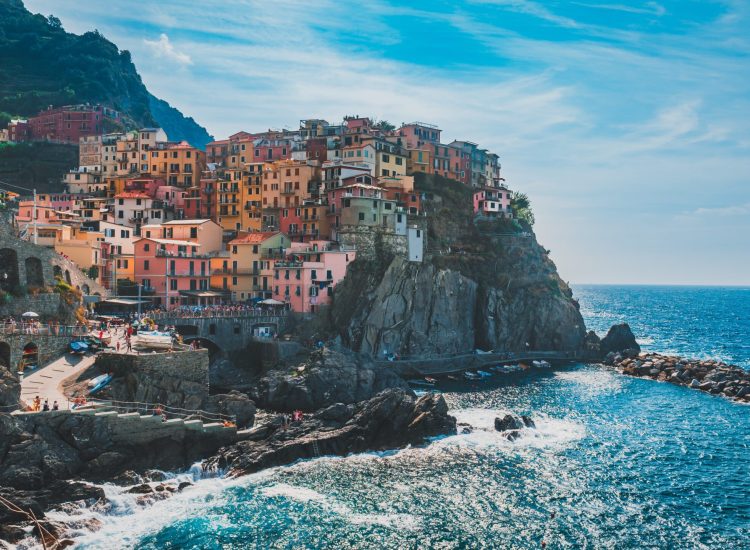Gubbio is one of the oldest cities of Umbria, extremely well preserved during centuries and rich of monuments testifying its glorious past. Its origins date back to the height of the Umbrian civilization, as shown by the Eugubine tables, seven bronze tablets written in the Umbrian language preserved in the Museo Civico. Thanks to its thriving industry (specialized in the production of ceramics), the town reached its zenith in the fourteenth century: architectural masterpieces, that still can be seen in perfect conditions and that testify the power of this medieval city-state, were built in this period in Gubbio. At the beginning of the fourteenth century dates the construction of the magnificent architectural ensemble of Piazza Grande, supported by four large arches, close to which there are almost all the main buildings of Gubbio, such as the Palazzo dei Consoli (symbol of the city, and location of Picture-Gallery and the Archaeological Museum) and the Palazzo Pretorio (now the Town Hall). The shopping in the handicraft shops of the town is highly recommended: Gubbio also joins the “Italian Association of Ceramics Cities” for its secular tradition in ceramics field. A place of great natural interest, situated in the surroundings of the town, is the striking “Bottaccione Gorge”, which preserves some rocks which (at least according to a scientific theory) keep inside the secrets of the disappearance of the dinosaurs 65 million years ago. Also food and wine in Gubbio are of the highest level: the territory of this centre is in fact known for its white truffles, the most prized and valued quality of this tuber.







